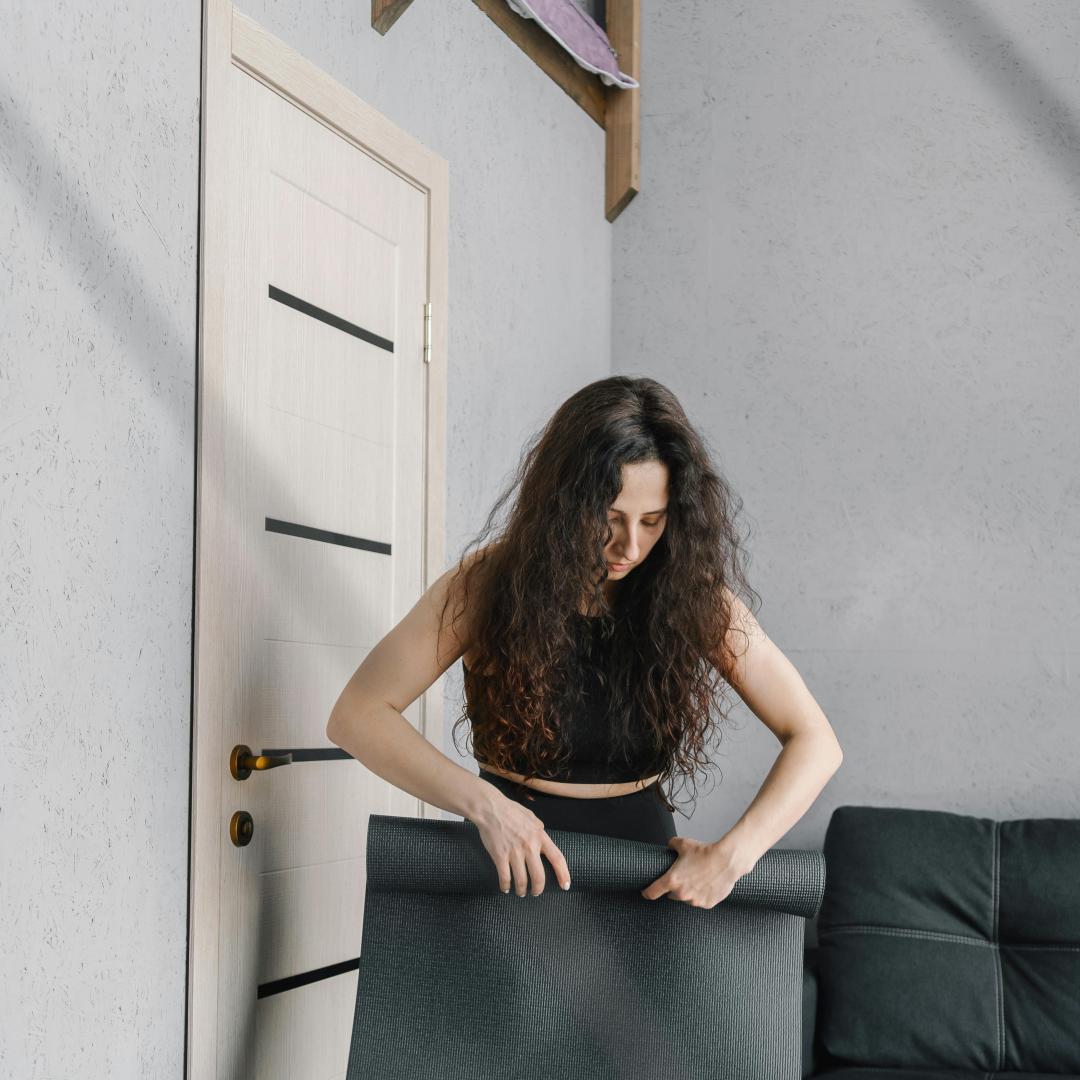How to Create a Peaceful Meditation Space at Home
Creating a peaceful meditation space at home is an increasingly popular endeavor as people seek solace and tranquility amidst the hustle and bustle of daily life. A designated meditation area can provide a sanctuary for mindfulness practice, allowing you to cultivate calmness and clarity within your living space. Whether you have a spacious room or a small corner, this article will guide you through the steps to create a serene meditation space tailored to your needs.
Understanding the Importance of a Meditation Space
Before diving into the practical steps, it's important to understand why having a dedicated meditation space is beneficial. A designated area reinforces your commitment to regular practice, eliminates distractions, and mentally prepares you for mindfulness. It becomes a physical embodiment of relaxation, where your mind and body learn to associate the environment with peace and stillness over time.
Steps to Create a Peaceful Meditation Space
1. Choose a Suitable Location
Select a quiet area in your home that resonates with you. Whether it's a spare room, a corner of your bedroom, or even a nook by a window, choose a spot that offers solitude and minimal interruption. Consider the natural lighting and air circulation of the area, as a well-lit and ventilated space can enhance tranquility.
2. Declutter and Simplify
Simplicity is key to creating a peaceful meditation environment. Remove unnecessary items and clutter that could distract you. Aim for a minimalist setup, focusing on items that bring joy and calm. Clean lines and an open area can help promote mental clarity and peace.
3. Design with Natural Elements
Incorporating natural elements can significantly enhance the serenity of your meditation space. Consider adding potted plants, stones, or a small indoor water fountain. The presence of nature can ground you and foster a deeper connection during meditation. Additionally, soothing colors like earth tones, soft greens, or blues can invoke calmness.
4. Comfortable Seating
Invest in comfortable seating specifically for meditation. Whether it’s a cushion, a yoga mat, or a chair, ensure it supports a relaxed yet alert posture. The objective is to sit comfortably for an extended period without strain, allowing for an immersive meditative experience.
5. Incorporate Calming Scents
Aromatherapy can be a powerful tool in enhancing your meditation practice. Use essential oils or incense like lavender, sandalwood, or chamomile to create a calming atmosphere. Ensure good ventilation, and be mindful of allergies or sensitive reactions.
6. Lighting the Space
Lighting plays a critical role in setting the mood of your meditation area. Opt for soft, diffused lighting, which you can achieve with lamps, string lights, or candles. Natural light is great during the day, but remember to control it with curtains or shades for the right balance.
7. Personal Touches
Add personal touches that inspire you spiritually or emotionally. This could be artwork, a small statue, or meaningful symbols. Personalizing the space makes it unique and special to you, further motivating regular practice.
8. Create a Soundscape
Sound can profoundly affect the meditative experience. Consider incorporating gentle background music or nature sounds. Whether it's the sound of ocean waves, forest ambience, or soft instrumental music, choose something that enhances your focus and relaxation.
9. Technology-Free Zone
To maintain the sanctity of your meditation space, strive to make it a technology-free zone. Leaving out phones and tablets helps minimize distractions and maintain the spiritual atmosphere of the area.
Maintaining Your Meditation Space
Once your meditation space is set up, it's important to keep it maintained. Regular cleaning, occasional re-organization, and refreshing elements like flowers or seasonal décor can help keep the space inviting and inspiring.
Conclusion
Creating a peaceful meditation space at home is a rewarding process that can enrich your mindfulness journey. By following these steps to design a space that reflects tranquility and calm, you foster a conducive environment to deepen your practice. Remember, the most important aspect is that your meditation space makes you feel at peace, allowing you to disconnect from stress and reconnect with your inner self.





















